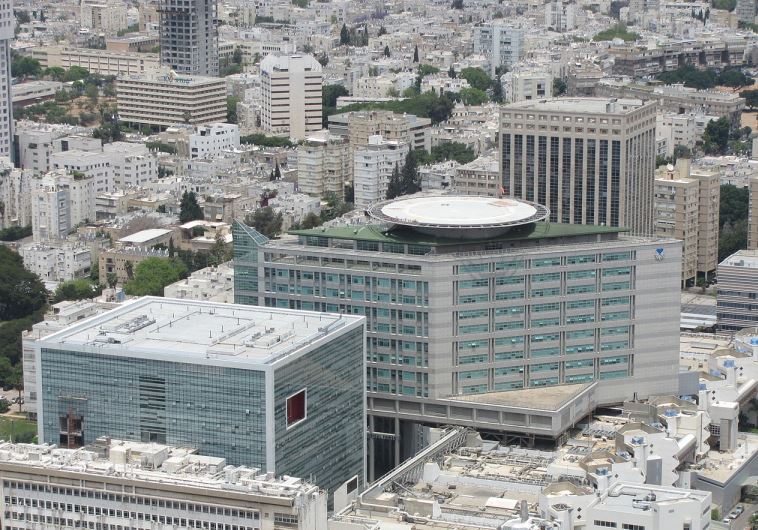Health Scan: Better pediatric simulation system in Tel Aviv
Individuals with severe overweight issues have an inhibited sense of satiation; they release fewer satiety hormones than people of normal weight.
 Ichilov hospital and Sourasky Medical Centre in Tel Aviv.(photo credit: WIKIMEDIA COMMONS/GELLERJ)
Ichilov hospital and Sourasky Medical Centre in Tel Aviv.(photo credit: WIKIMEDIA COMMONS/GELLERJ)